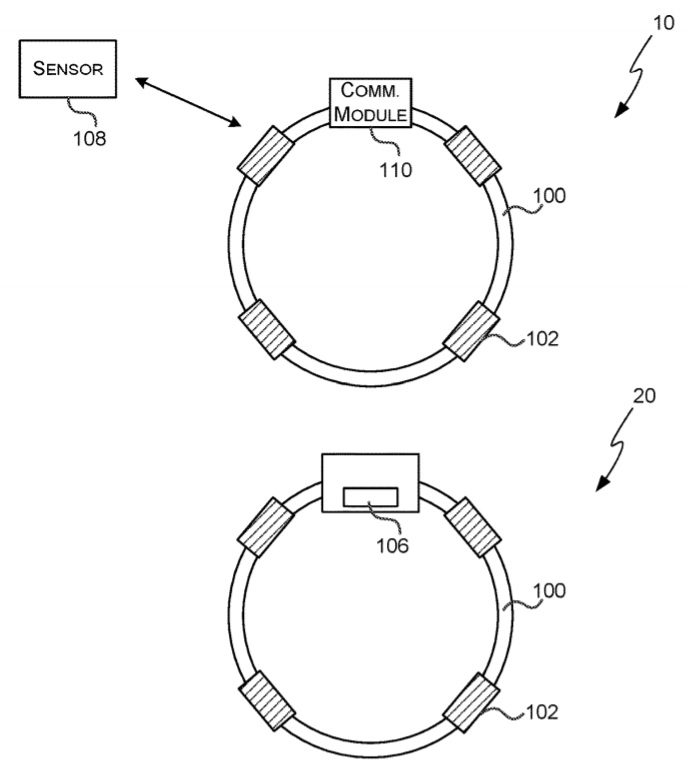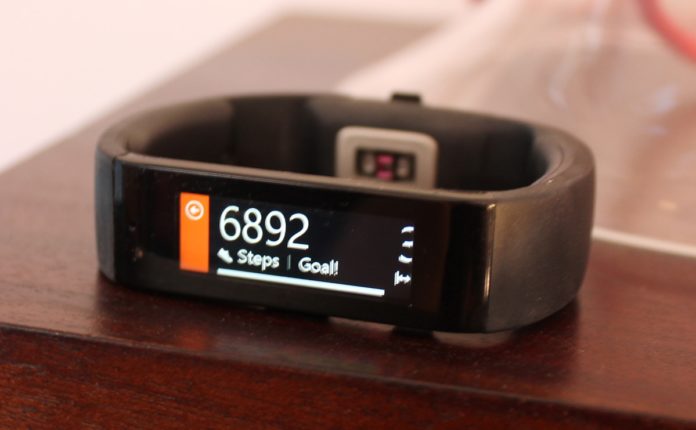Microsoft has discontinued its lineup of wearable devices after launching the Microsoft Band 2 but a new patent suggests that Microsoft is still considering ideas evolving a wearable device.
First discovered by us, the patent titled “WEARABLE DEVICE” was published by USPTO yesterday and filed by Microsoft in June 2017.
The patent details a wearable device that has actuators which are adjustable. The patent states that the actuators may be adjustable relative to one another in terms of their duty cycle, power and/or position based on sensor data.
In the background section of the patent application, Microsoft has explained the problems that the wearable users experience:
“Haptic stimulation systems apply forces or vibrations to stimulate a user’s sense of touch. Touch-screen devices may use haptic feedback to indicate key presses to a user; games controllers may use haptic feedback to increase video game immersion (e.g. by vibrating in response to a collision or explosion within a video game) and smart watches may use haptic feedback to provide silent alerts to the wearer,” Microsoft explains.

The patented method is supposed to address the issue and the design has been explained below:
A wearable device is described which comprises a plurality of actuators. The actuators in the wearable device are adjustable relative to one another in terms of their position and in various examples, the actuators may be adjustable relative to one another in terms of their duty cycle, power and/or position based on sensor data.
Described herein is a wearable device which uses haptic actuation for therapeutic stimulation and in various examples, the wearable device may be worn close to a joint and used to affect (e.g. reduce or stabilize) involuntary movement of the joint or limb. The wearable device described herein may be used to alleviate (e.g. reduce) some symptoms of a condition (whether temporary or permanent) which affects motion or control of the limbs and one example is Parkinson’s disease. Symptoms of Parkinson’s disease typically include tremors (i.e. involuntary shaking of parts of the body, such as the hand), slow movement and stiff and inflexible muscles.


























